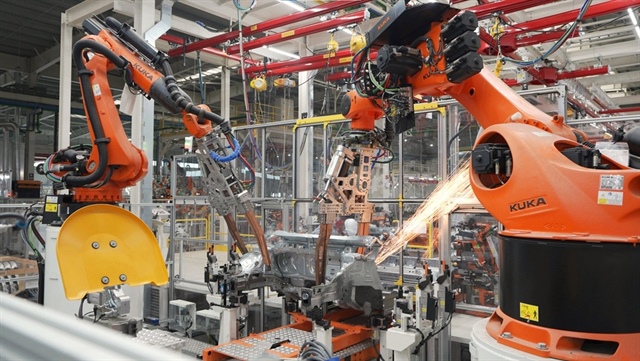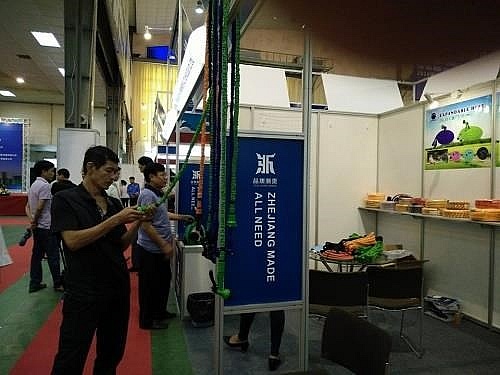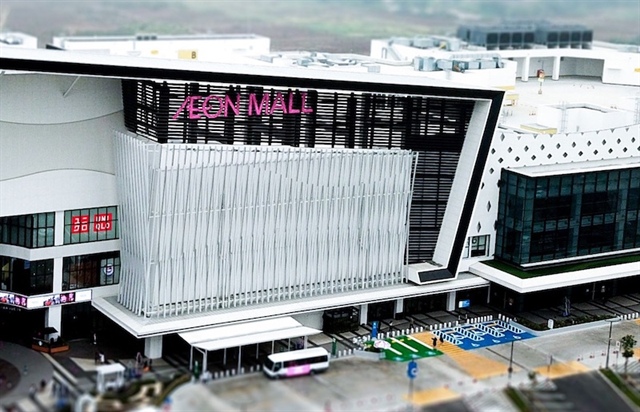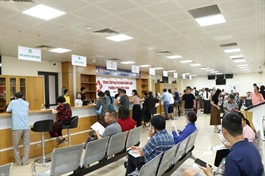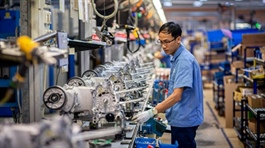Manufacturing sector bounces back to growth in July
Manufacturing sector bounces back to growth in July
The Vietnamese manufacturing sector returned to growth in July as new orders supported a faster rise in production.
|
The S&P Global Vietnam Manufacturing Purchasing Managers' Index (PMI) posted 52.4 points in July, up from 48.9 points in June and back above the 50.0 no-change mark for the first time in four months. As such, the index pointed to a strengthening in the overall health of the manufacturing sector. The solid improvement in business conditions was the most marked for almost a year.
The improvement in operating conditions coincided with a return to growth of new orders in July. New business expanded for the first time in four months, and at the fastest pace since November last year, amid reports of customer demand strengthening.
That said, some respondents highlighted the negative impact of US tariffs on new order growth. New business from abroad continued to fall as a result of tariffs, extending the current sequence of contraction to nine months.
The renewed increase in new orders helped to support production growth in July. Output rose for the third month running. Moreover, the pace of expansion was marked and the fastest in 11 months.
Higher output requirements led to a return to growth of purchasing activity. Here too, the pace of expansion was the sharpest since August last year.
Meanwhile, employment neared stabilisation. Although staffing levels continued to fall amid ongoing spare capacity following the recent period of declining new orders, the latest reduction was the slowest in nine months as output requirements increased.
Backlogs of work continued to fall, albeit to the smallest extent in the current seven-month sequence of depletion.
Despite renewed growth of input buying, stocks of purchases declined again as panellists reported challenges securing raw materials. That said, the pace of depletion was the weakest since December 2023. Stocks of finished goods also decreased in July.
Material shortages resulted in a further lengthening of suppliers' delivery times. The latest deterioration in vendor performance was solid and only slightly less pronounced than that seen in June.
Difficulties sourcing materials, particularly those from abroad, led to an increase in input costs at the start of the second half of the year. Input prices increased for the second successive month, and at a solid pace that was the fastest in 2025 so far.
The pace of output price inflation also quickened in July as firms passed on higher input costs to customers. Here to, the rise was the sharpest in seven months. That said, the increase in charges was only modest.
Although manufacturers remained optimistic that output will increase over the coming year, sentiment dipped to a three-month low in July and was well below the series average. Confidence was linked by panellists to hopes for more stable economic conditions, new product launches, and new orders. On the other hand, concerns around the impact of US tariffs weighed on the outlook.
Andrew Harker, economics director at S&P Global Market Intelligence, said, "July PMI data suggested that the Vietnamese manufacturing sector is getting back on its feet following the disruption caused to operations by the US tariff announcements in recent months. Although tariffs continued to cause reductions in new export orders, firms were able to secure enough business elsewhere that total new orders returned to growth."
"A key feature of the latest survey was the impact of difficulties sourcing raw materials. Firms linked this to widespread supplier delivery delays, declining stocks of purchases, and building cost pressures. If material supplies continue to cause issues in the months ahead, then we may see limits to the growth rates that can be achieved by the sector," he said.
- 09:06 04/08/2025


